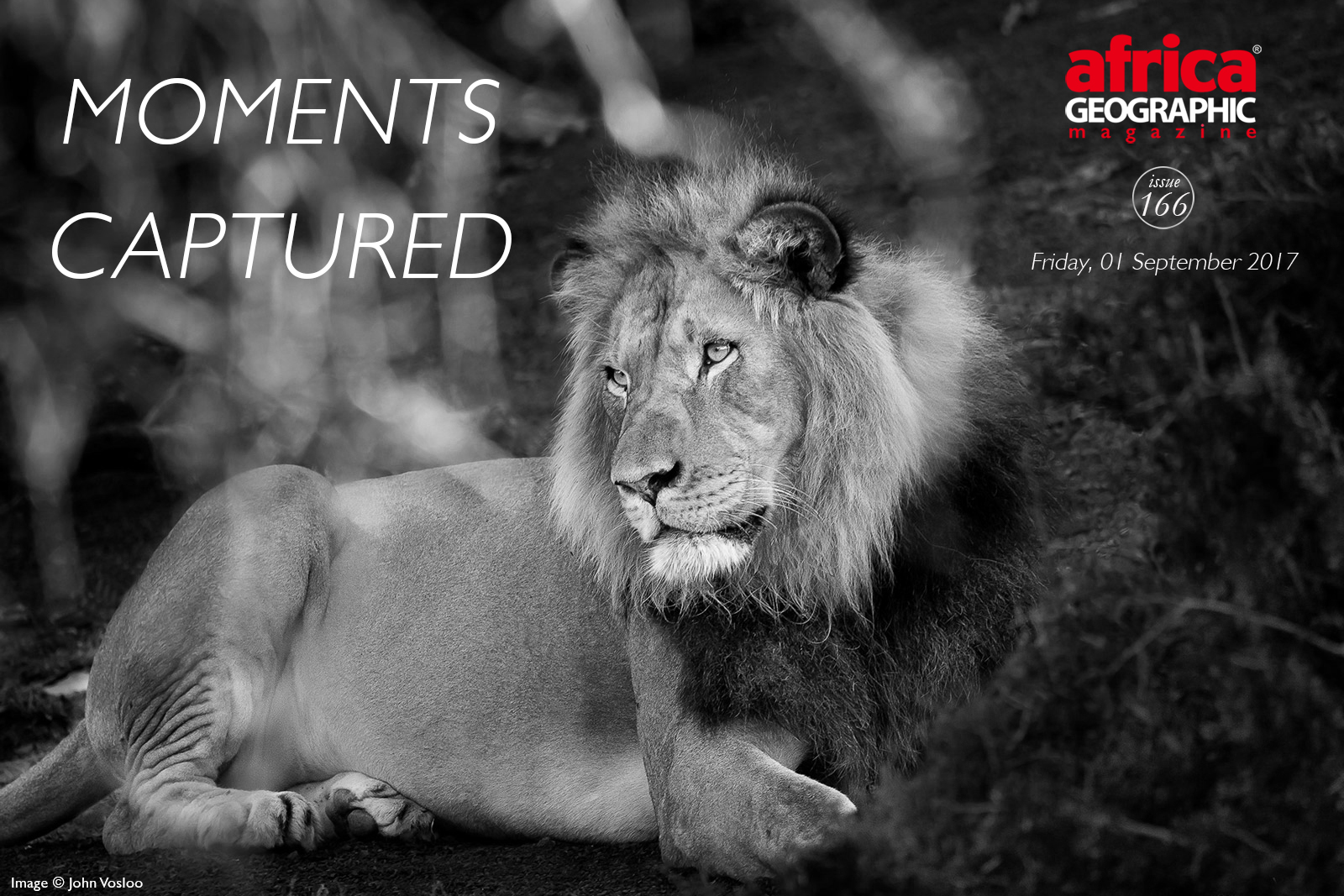
Moments Captured

Some photographers have a knack of capturing the very moment when nature is showing off the most. That moment could be the supreme magnificence of a huge male lion in full flight or that regal stare of a bateleur eagle. It could be that delicate blend of consternation and inquisitiveness as the aardwolf notices you for the first time or the delicacy of a waxbill sipping water from its mirror reflection.
John Vosloo, our Photographer of the Year 2017 winner, is one such photographer. He is living proof that a picture is worth a thousand words, that amateur photography has risen to the heights once occupied exclusively by professionals.
Join us in celebrating Africa’s incredible richness through the lens of this passionate story-teller.
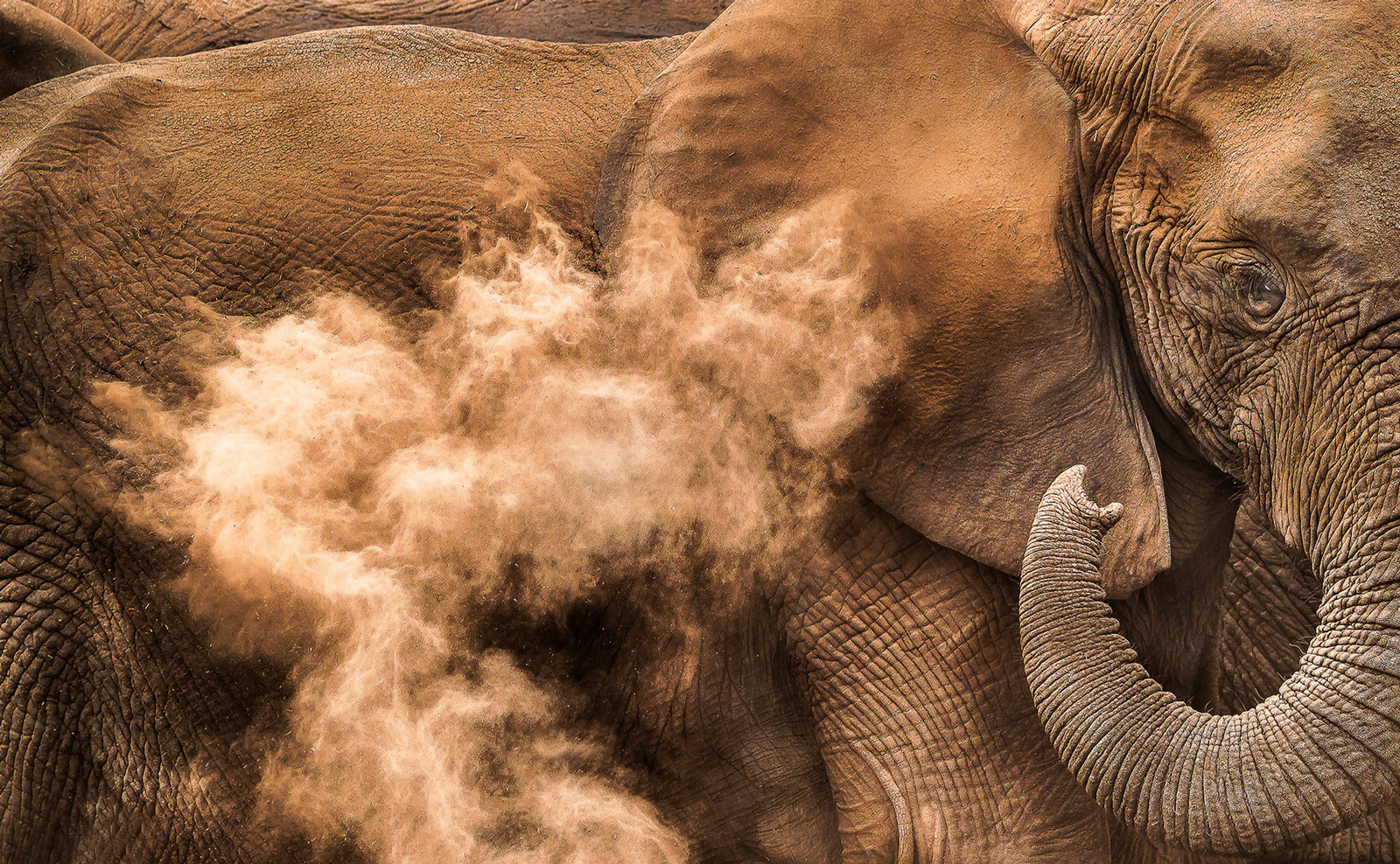
? It is always spectacular to watch these behemoths having a dust bath. Addo Elephant National Park, South Africa © John Vosloo
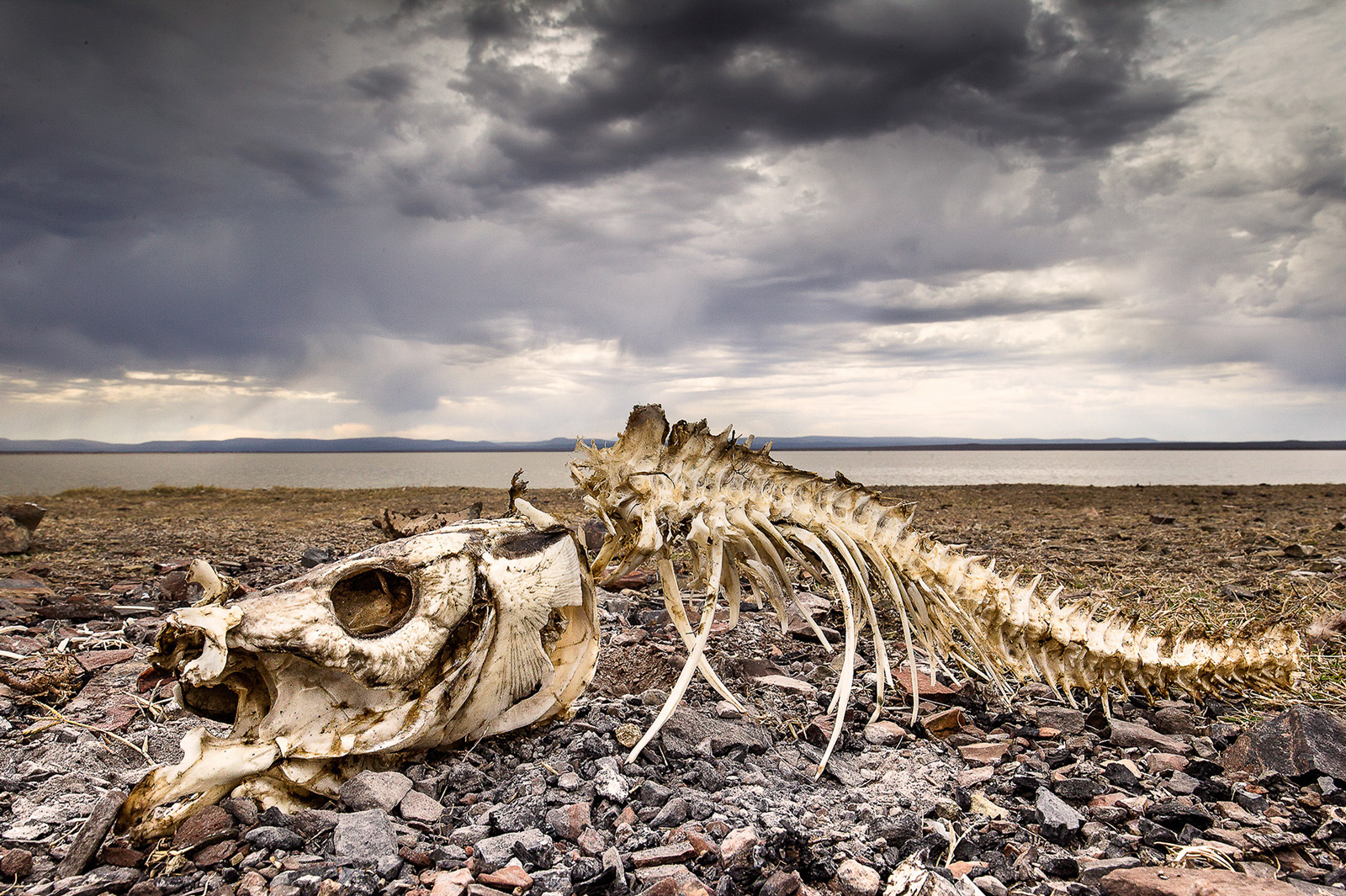
? The remains of a fishing expedition by local fisherman. Darlington Dam, Sundays River, South Africa © John Vosloo
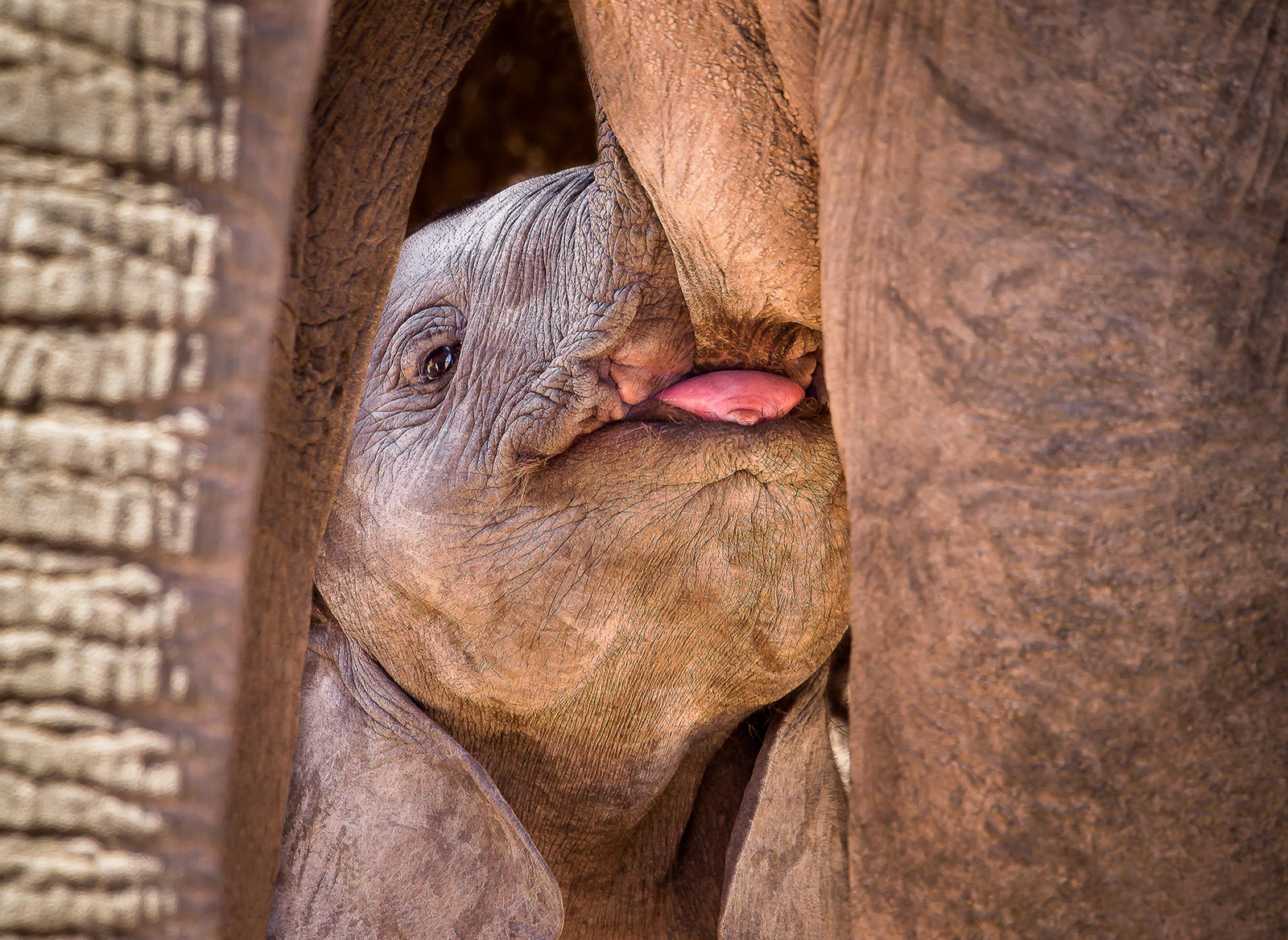
? An elephant calf can feed in peace, knowing that it is always under very close protection, day and night. Addo Elephant National Park, South Africa © John Vosloo
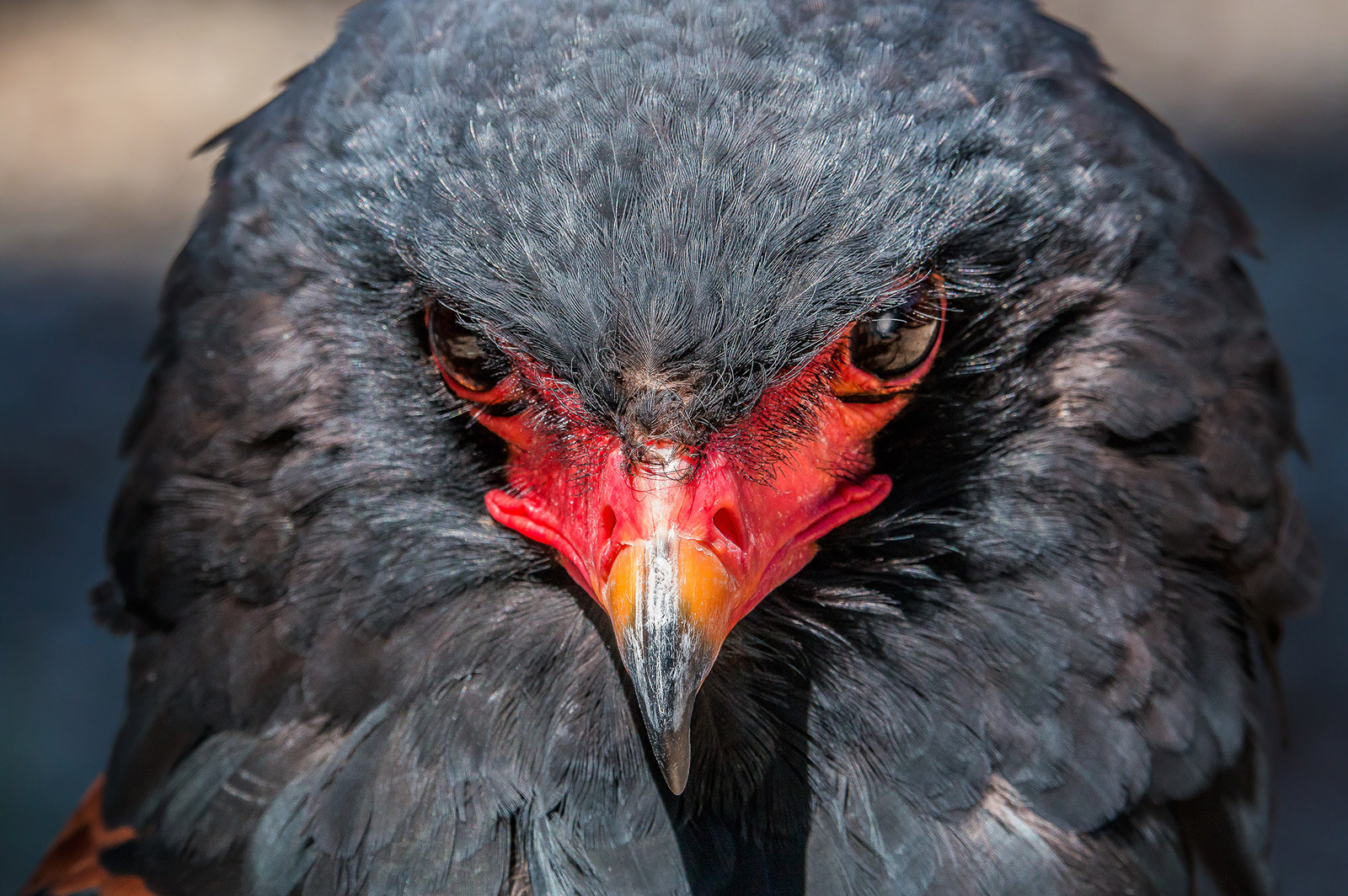
? An intense, up-close study of a bateleur. This short-tailed eagle is both a hunter and scavenger and can often be seen soaring with stiff up-turned wings and a characteristic rocking motion. © John Vosloo
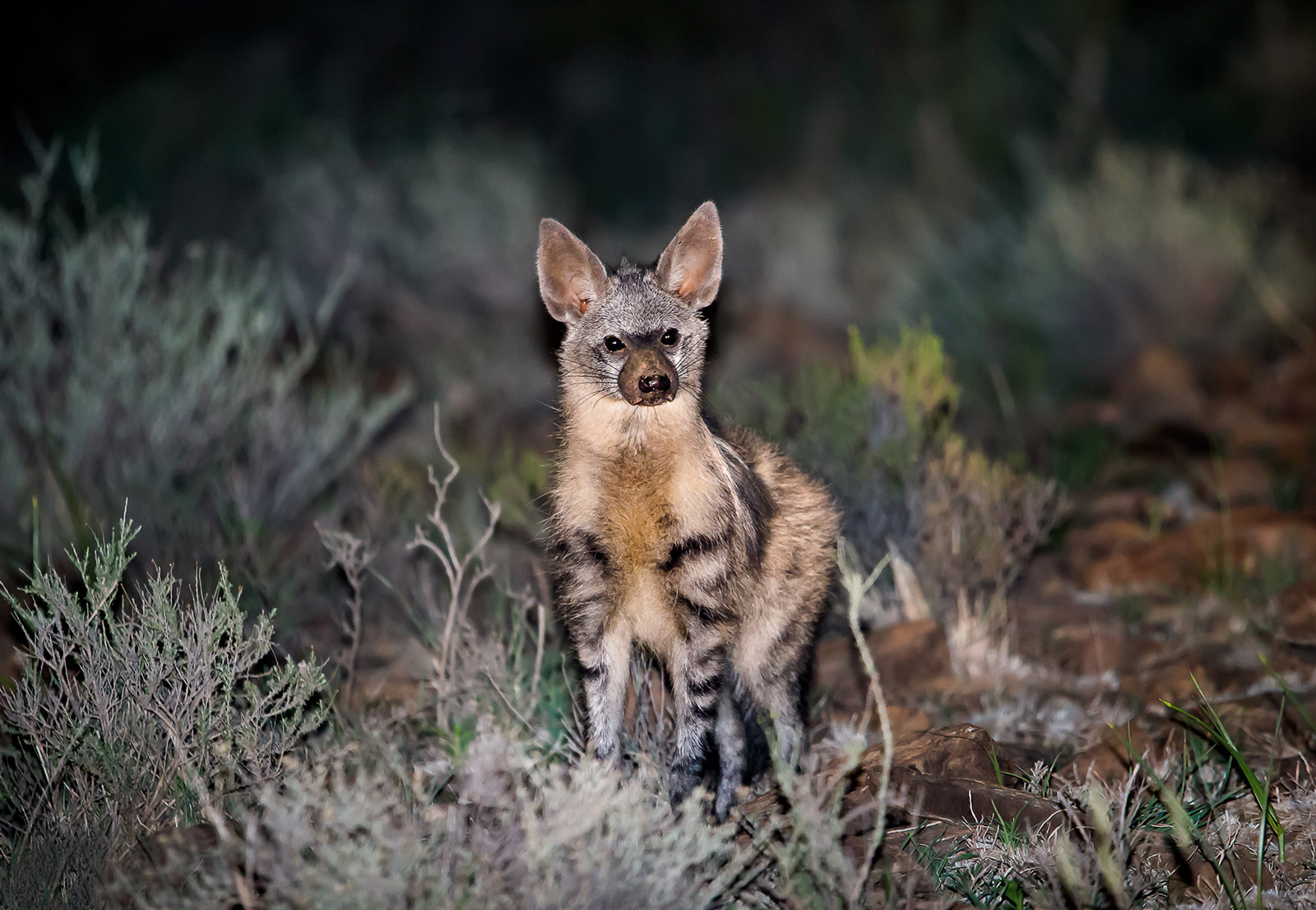
? Aardwolves are quite abundant in the park, and more likely to be seen in the late afternoon or early morning. Although aardwolves are in the same family as the hyena, they predominantly eat termites and other insects. Mountain Zebra National Park, South Africa © John Vosloo

? A common waxbill having a drink on a hot day. Sundays River, South Africa © John Vosloo
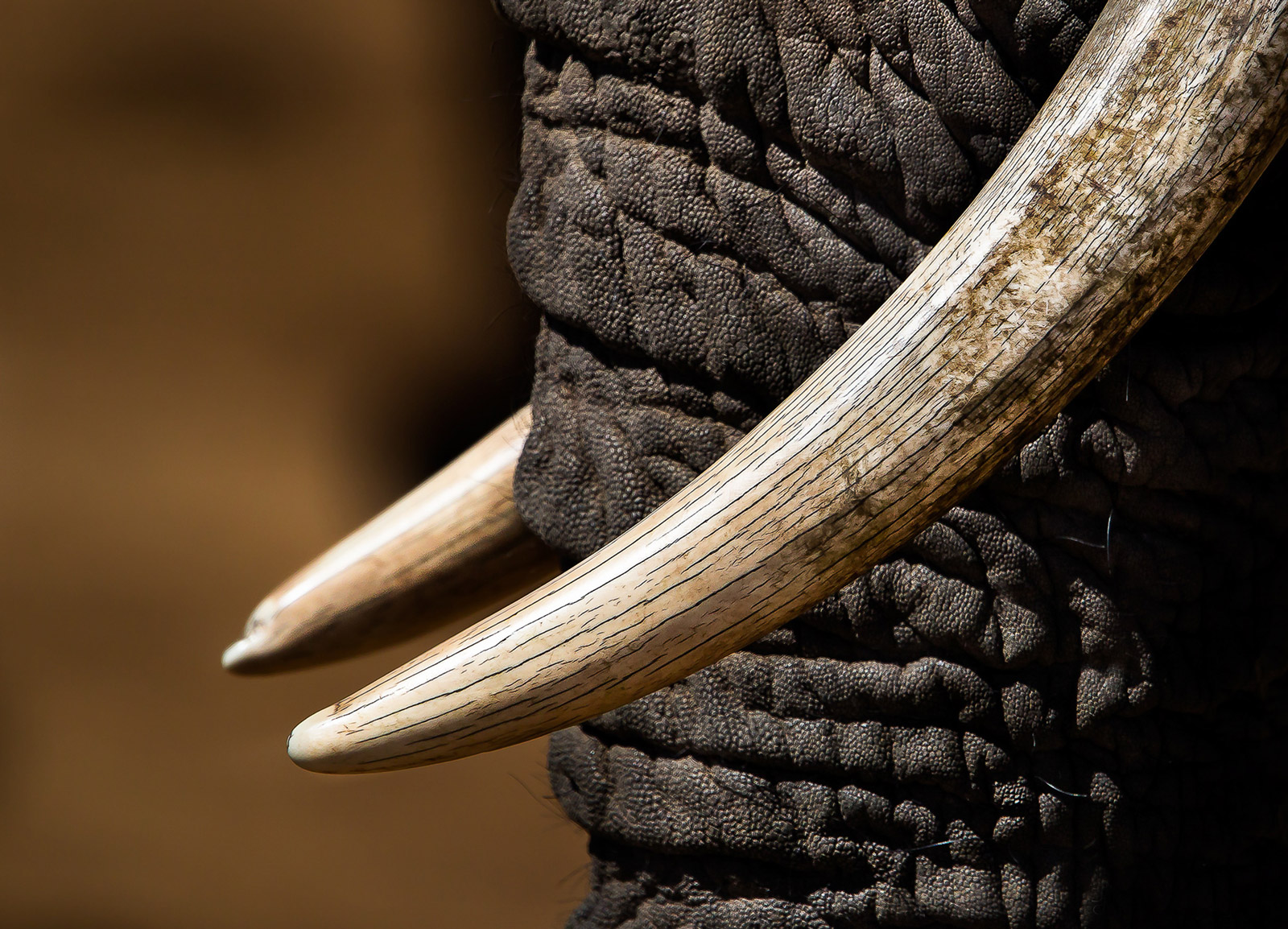
? The essence of why our African elephants are being decimated – those tusks belong to him and him alone. Addo Elephant National Park, South Africa © John Vosloo
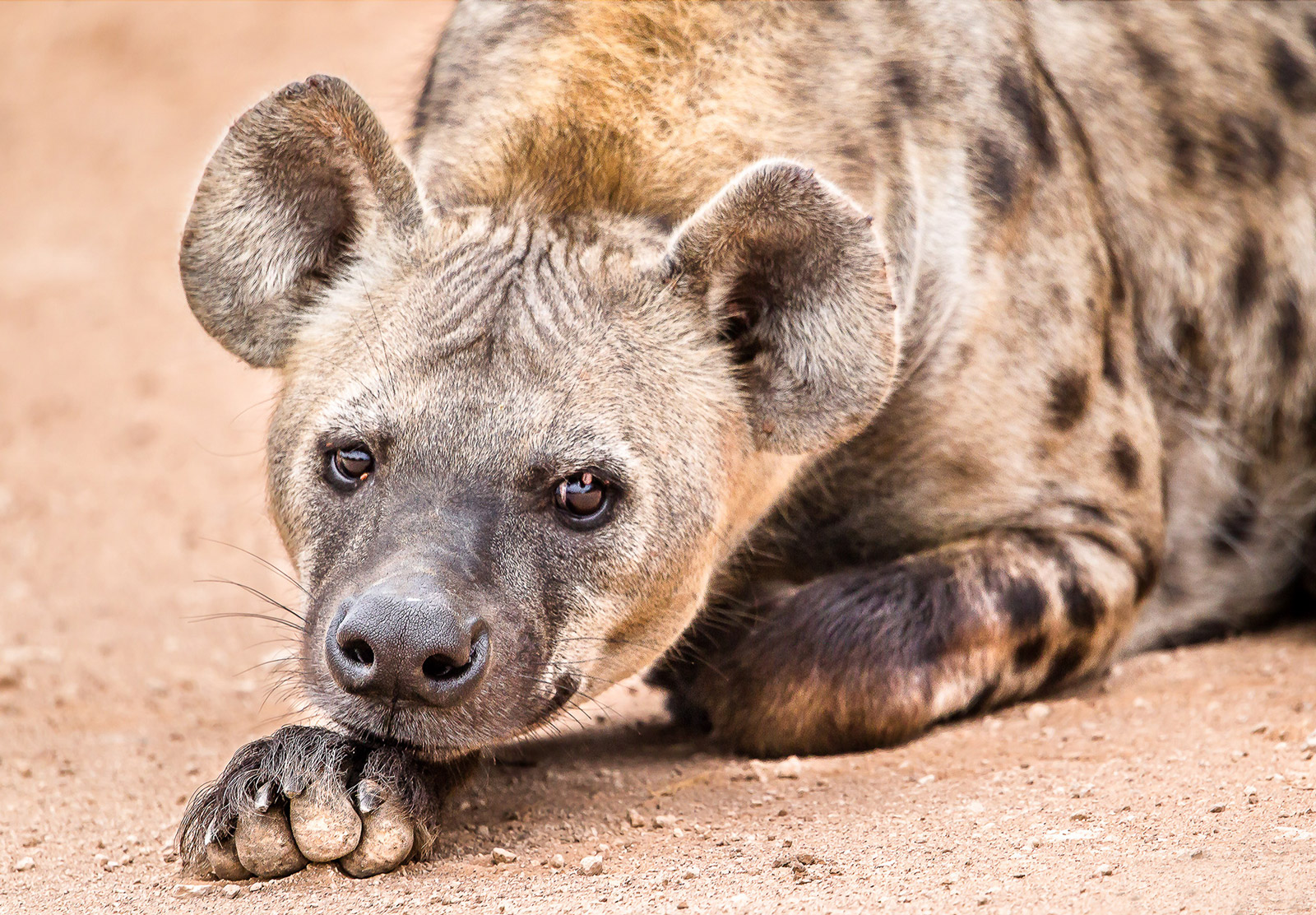
? A hyena takes an early morning rest after a busy night – keeping an eye on me at the same time. Addo Elephant National Park, South Africa © John Vosloo
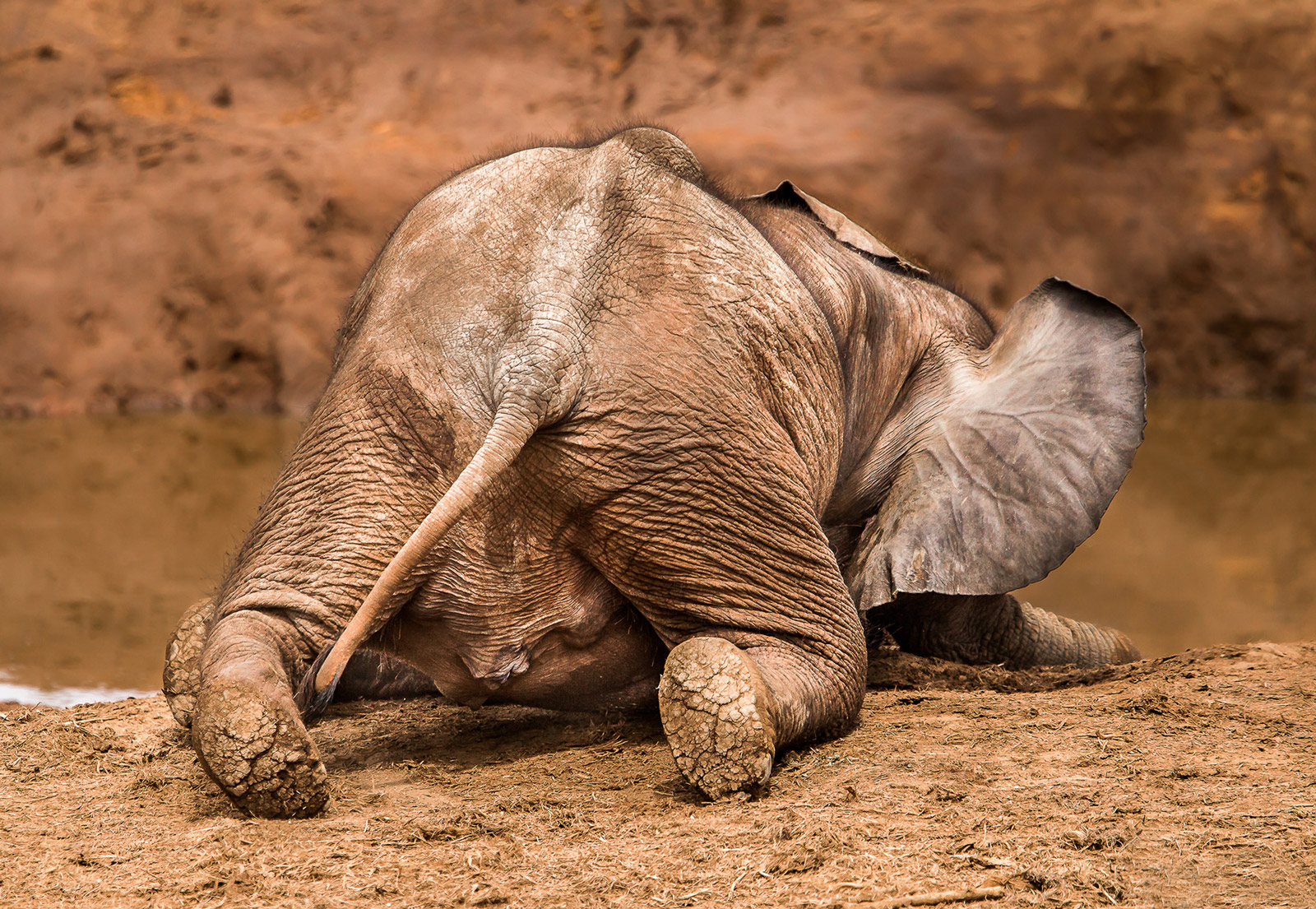
? A baby elephant having a drink. This is not always an easy photo to capture, as the mothers generally keep them in the shade and on the lee side of the photographer. Addo Elephant National Park, South Africa © John Vosloo
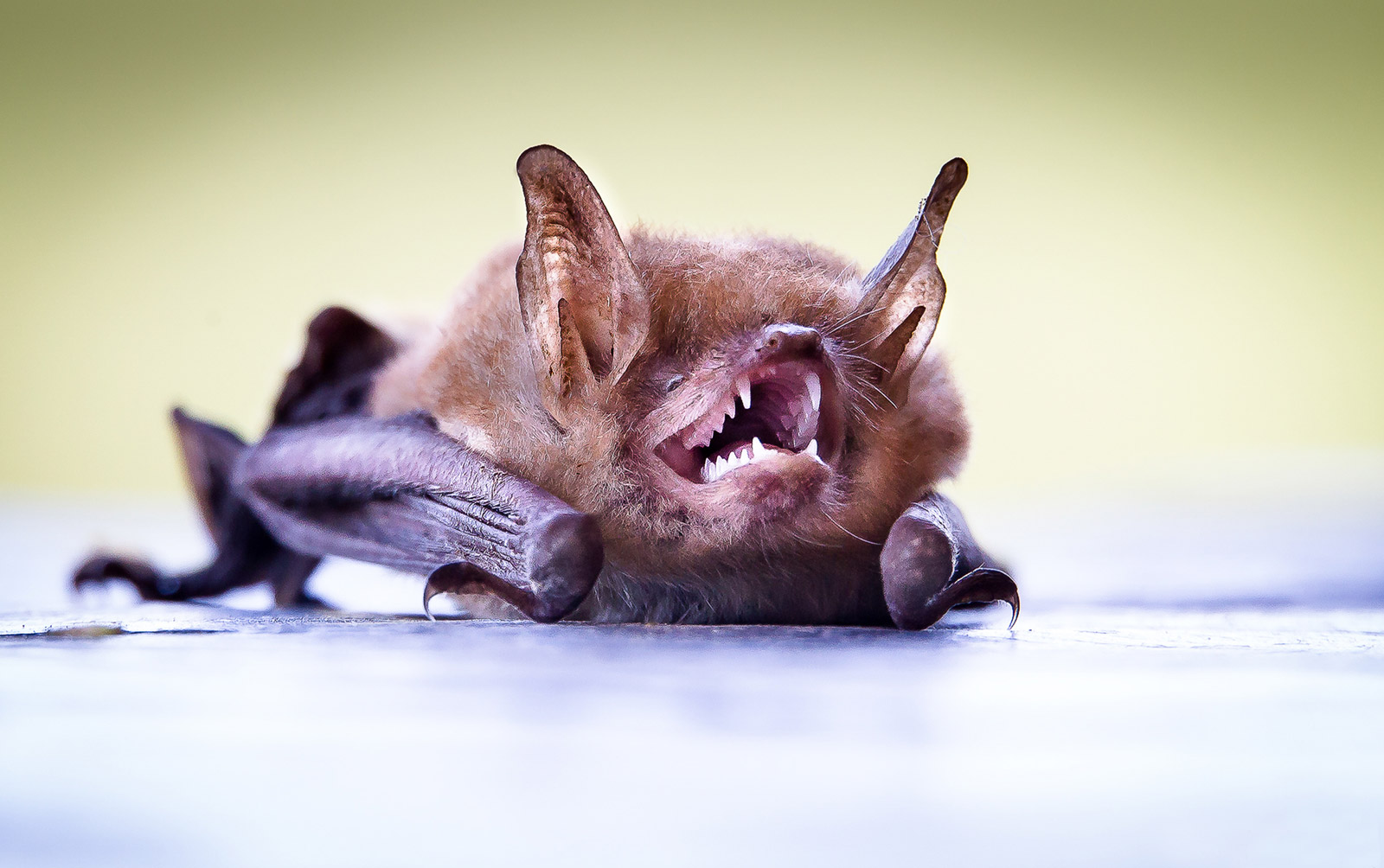
? We found a dehydrated bat in our garden, and once recuperated and rehydrated, he left a happy little fellow once the sun had set. Sundays River, South Africa © John Vosloo

? Cheetahs were introduced to Mountain Zebra National Park in 2007, with regular additions since then. Some of the cheetahs born in the park are moved to other reserves in South Africa, as part of a metapopulation strategy for the species. Tracking of these wild cheetahs is a popular activity in the park. Mountain Zebra National Park, South Africa © John Vosloo
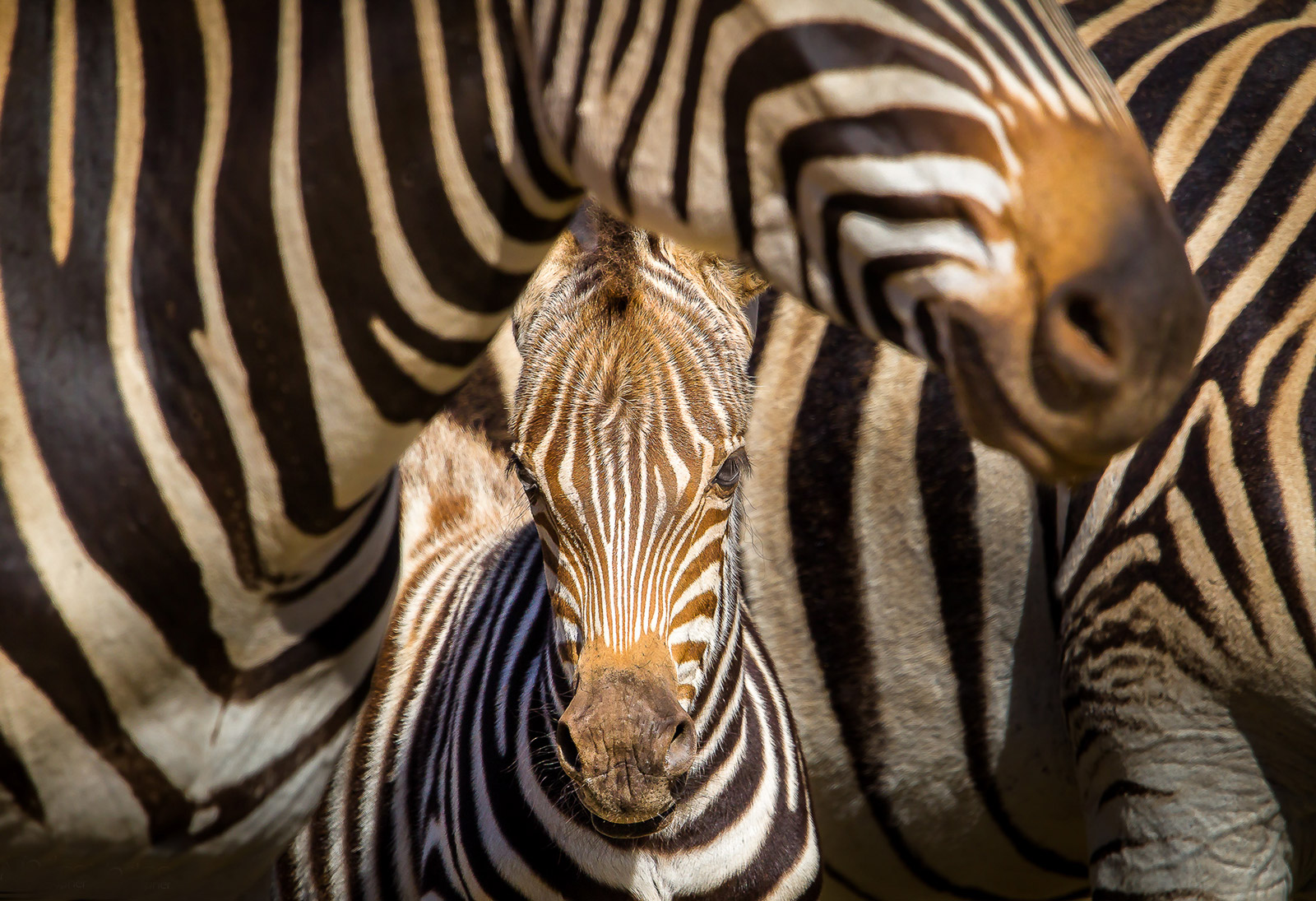
? A young zebra foal just hanging in there on a scorching day and in the middle of a drought. Addo Elephant National Park, South Africa © John Vosloo
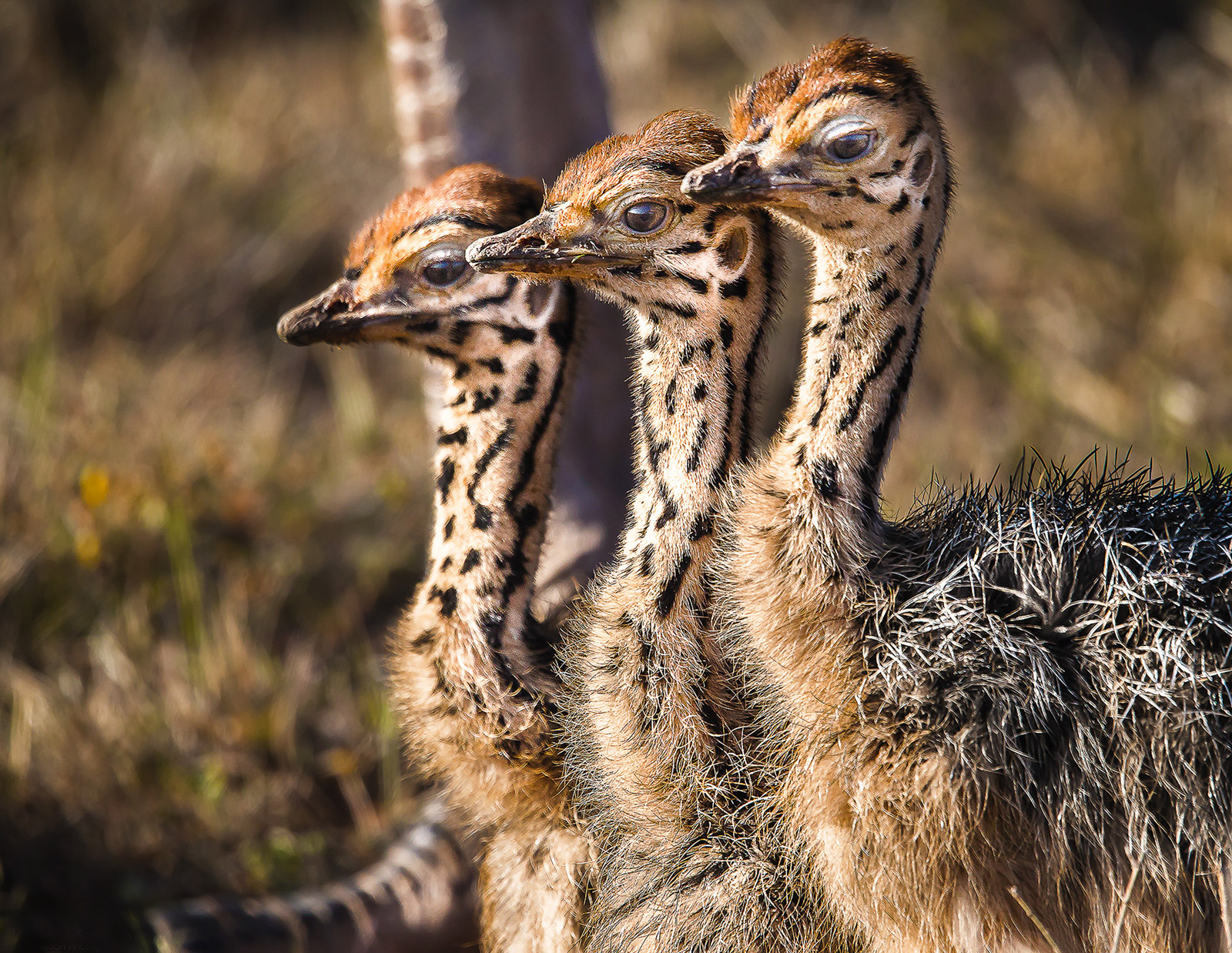
? These three ostrich chicks were the only ones to survive out of a larger clutch – all made the journey to maturity. Their siblings all fell foul to predation. Addo Elephant National Park, South Africa © John Vosloo
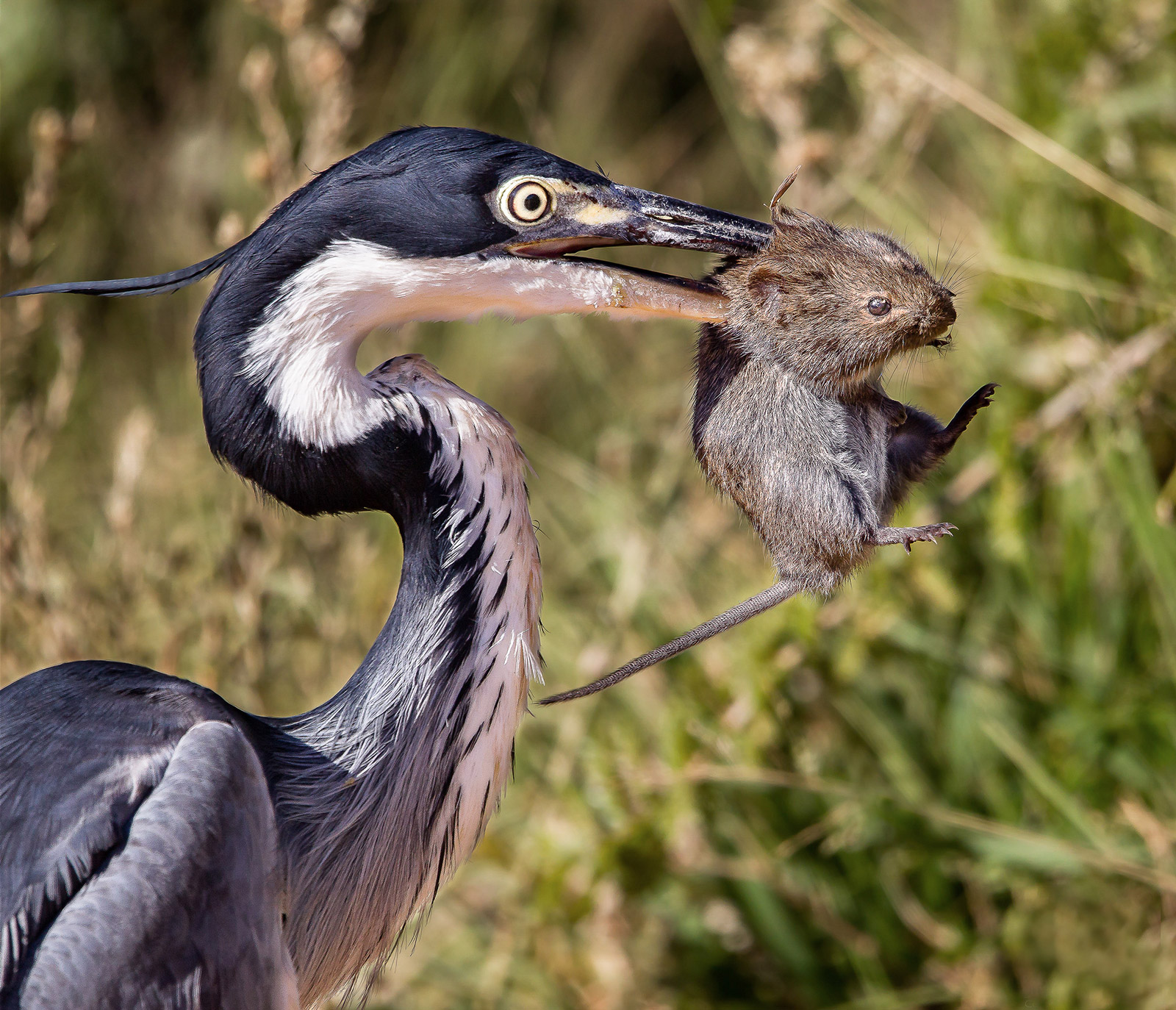
? The end of the road for this rodent, at the beak of a black-headed heron. Addo Elephant National Park, South Africa © John Vosloo
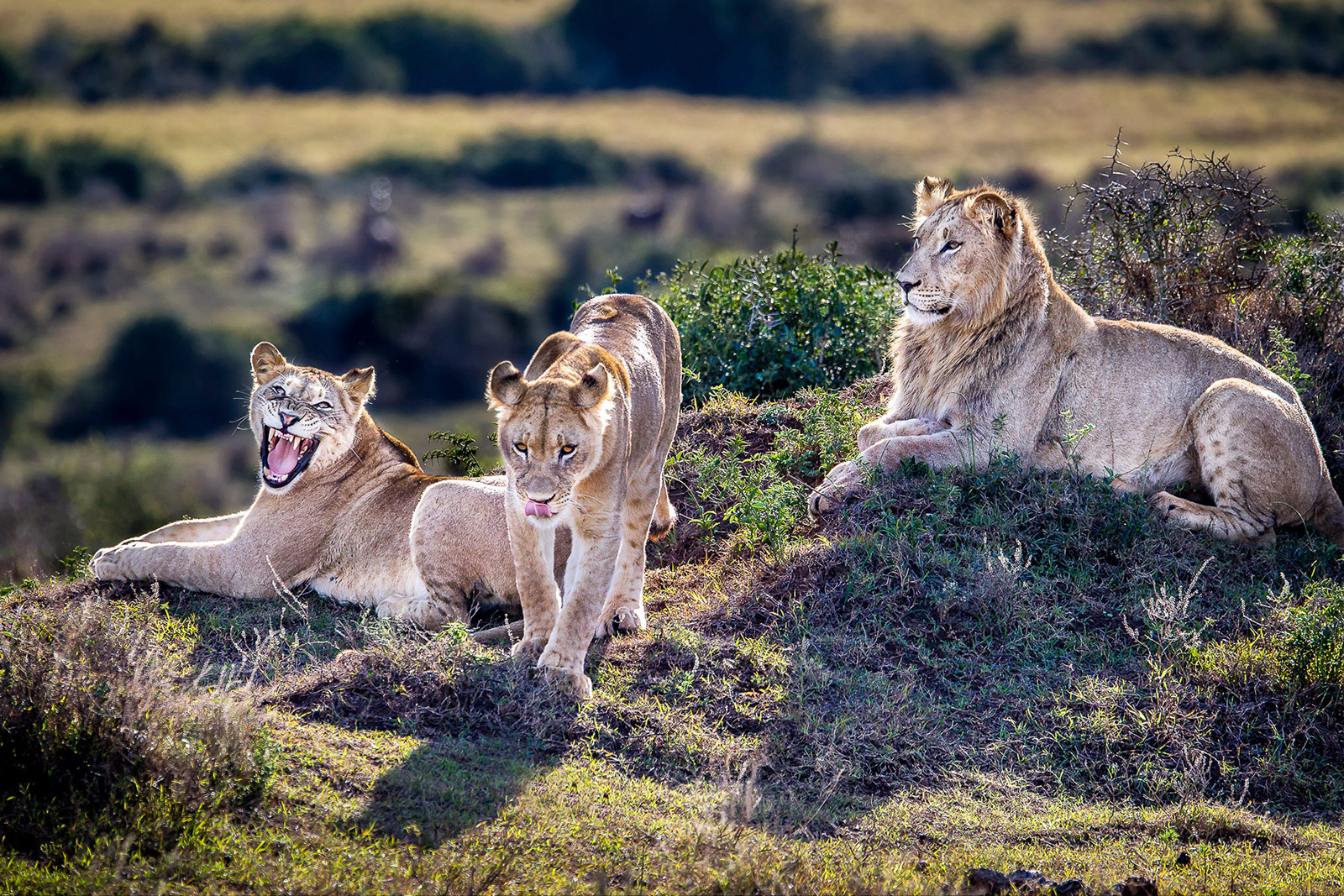
? Three sub-adults are evidence of a robust and free-breeding lion population in the park. Addo Elephant National Park, South Africa © John Vosloo

? This lion’s instincts are very strong indeed – still going for this eland’s throat well after killing it. Mountain Zebra National Park, South Africa © John Vosloo
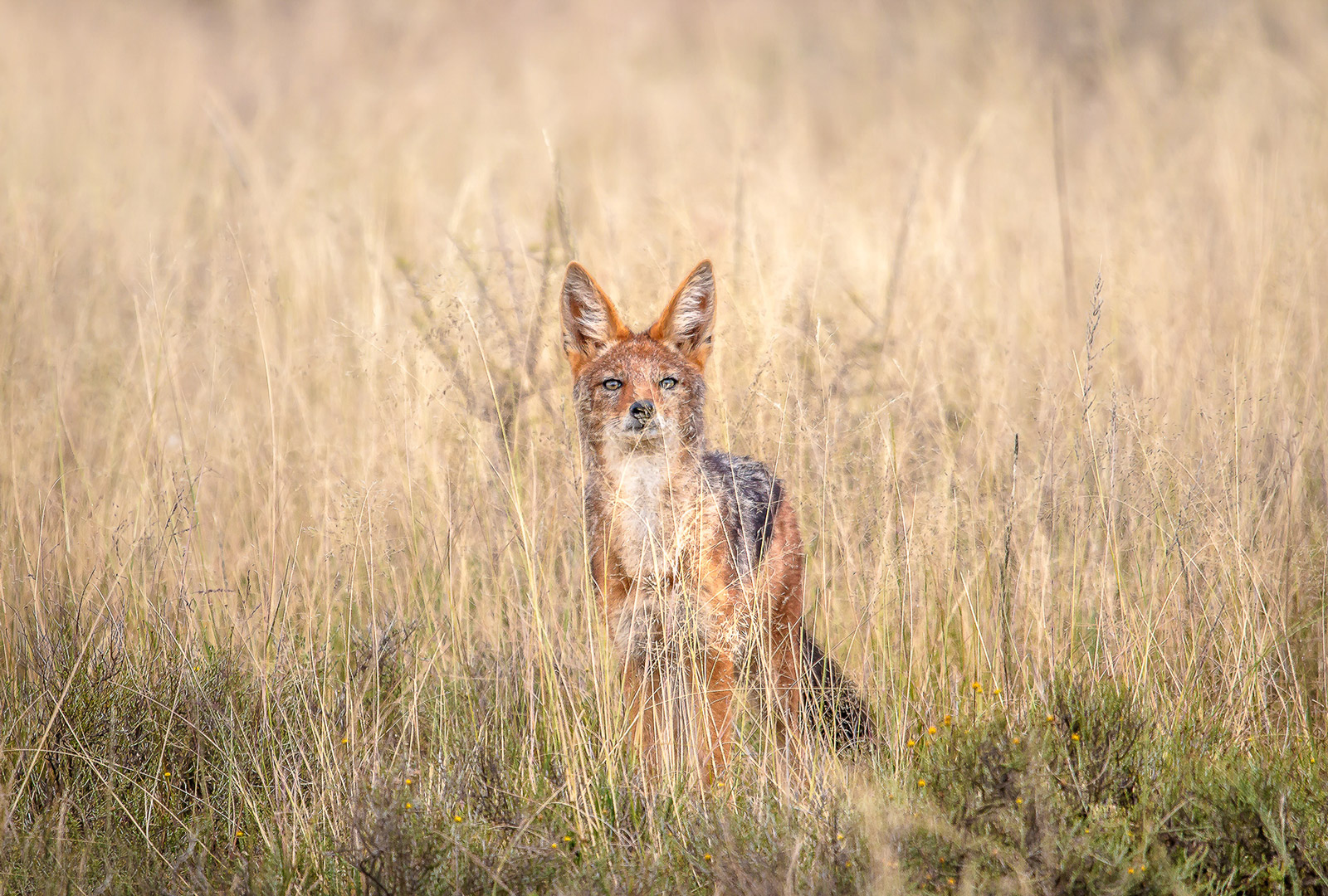
? A jackal looks on inquisitively. Mountain Zebra National Park, South Africa © John Vosloo
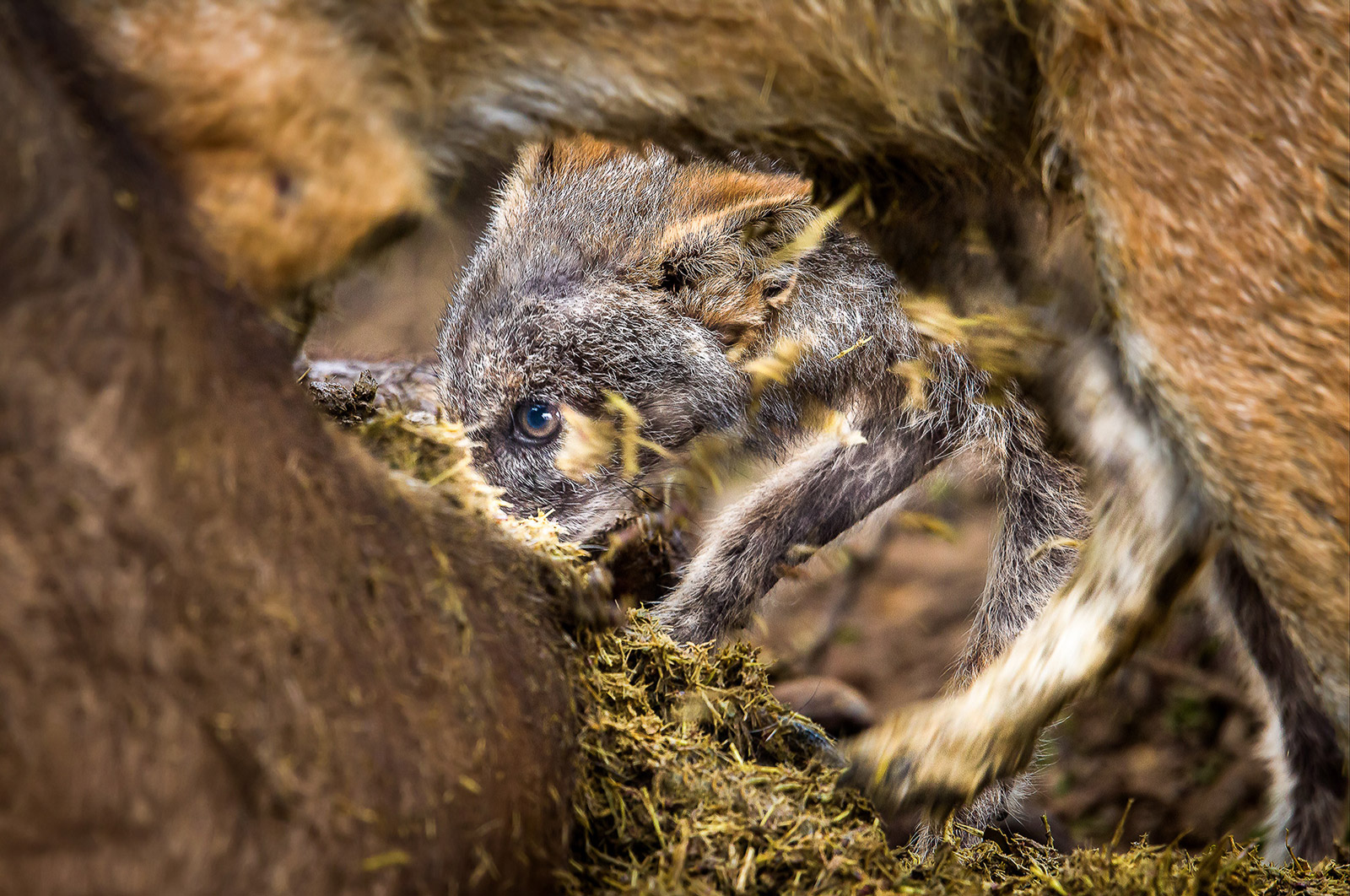
? A jackal pup gets well and truly stuck into a buffalo kill (made by lions the night prior). Addo Elephant National Park, South Africa © John Vosloo

? A black wildebeest in golden light. Their white tails always make for great photographic moments. Black wildebeest populations have made a dramatic recovery after the species was almost exterminated in the 19th century. The species occurs naturally in South Africa, Lesotho and Swaziland, but has also been introduced into Namibia and Kenya. Mountain Zebra National Park, South Africa © John Vosloo
To comment on this story: Login (or sign up) to our app here - it's a troll-free safe place 🙂.![]()






